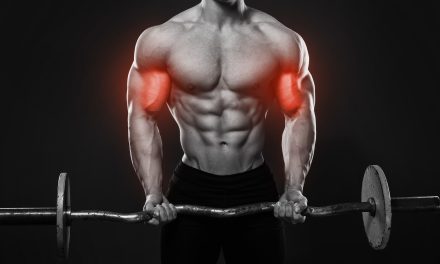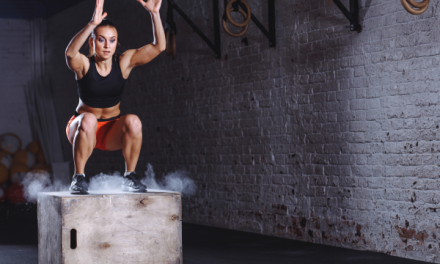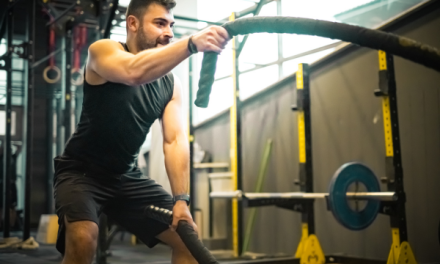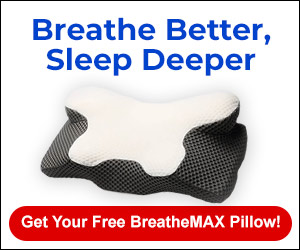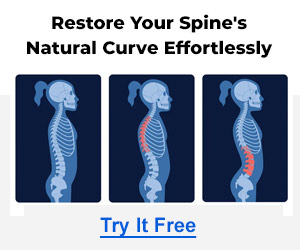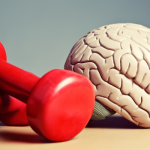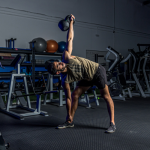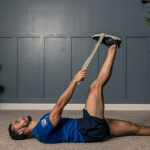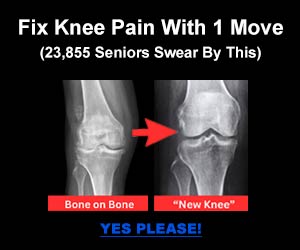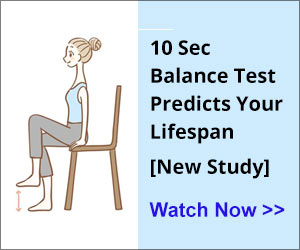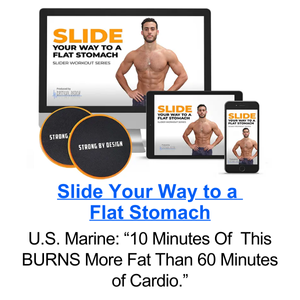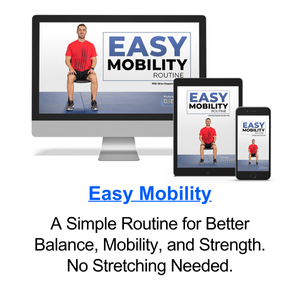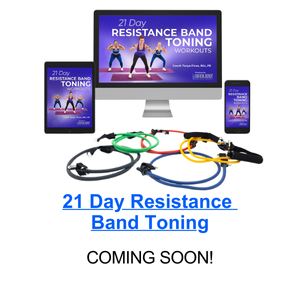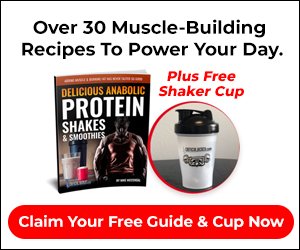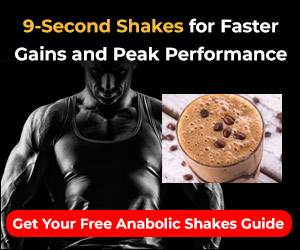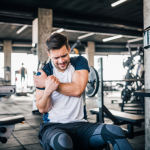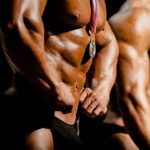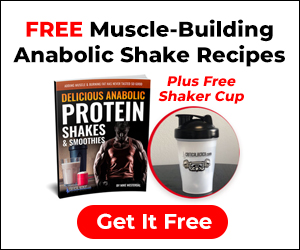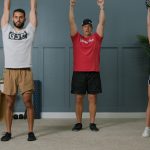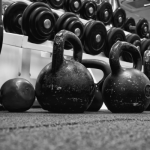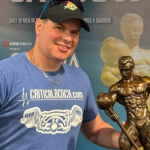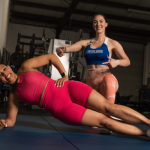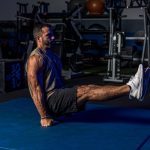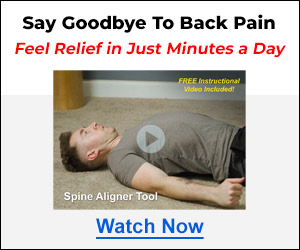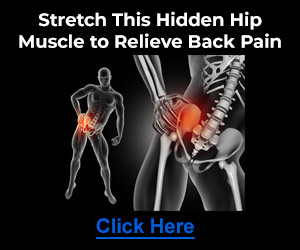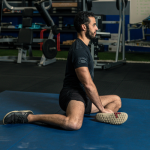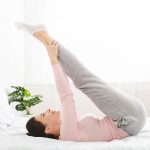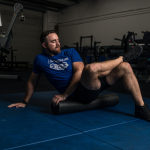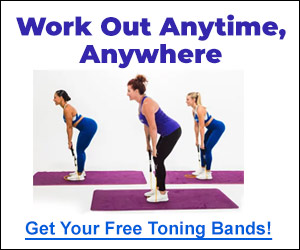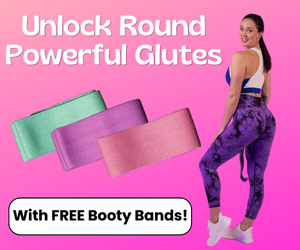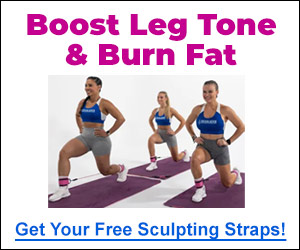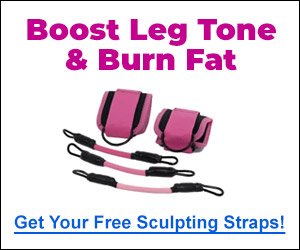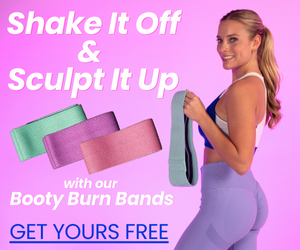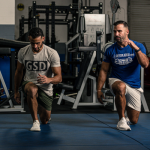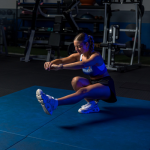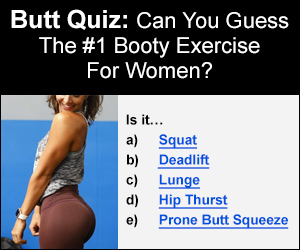Hey YOU! Stop being fixated on the attraction of six-pack abs.
Social media and societal ideals have subconsciously associated strength, dominance and alpha status with a chiseled midsection.
The journey to achieve that washboard stomach has become a cultural obsession.
From celebrities, influencers, to superheroes, the quest for the perfect abs even echoes through time. Just look at how they portray Gladiators and Spartans throughout history, they were absolutely ripped! The message is pretty clear, a sculpted core is a badge of honor, a testament to one’s discipline and dedication.
However, beyond the magazine covers and Instagram posts lies a deeper truth, a truth that transcends the visual of abdominal muscles.
The core is often misunderstood and overshadowed by the attraction of the six-pack. It’s a complex network of muscles that extends beyond the rectus abdominis (abs). While the pursuit of a six-pack has its place, understanding the importance of the core is necessary.
The core includes many more muscles like the transverse abdominis, obliques, and multifidus, which serve as the body’s powerhouse and stabilizers. Its importance is not just for the aesthetic appeal but is crucial for daily life.
Whether you’re lifting groceries, perfecting your golf swing, or simply maintaining balance while walking, it is the core that acts as the anchor, providing strength, stability, and flexibility to the body.
When we start to look beyond the superficial obsession with six-pack abs, you’ll understand the complex web of the core.
We will also talk about achieving abs in this article, but first let’s uncover the impact a well developed core has on overall health, athletic performance, and longevity.
The core connection goes beyond the surface. It’s time to reevaluate our understanding of strength and dominance and redefine what it truly means to be strong from the inside out.

Anatomy of the Core and Functions
The core muscles act as the foundation and guide for movement across the body. They offer support, equilibrium and power.
This specific group of muscles control the torso and enable a range of movements that aid, in the overall functioning of the body.
To grasp how these muscles work it’s helpful to categorize their anatomy into four parts; the Front, Back Sides and Stabilizers.
The Front: Engine of Power
At the front of the core rest a muscle called the rectus abdominis, commonly known as the “six-pack” muscle.
This muscle group is situated in the front abdomen, and is responsible for flexing the spine and plays a significant role in activities like a crunch or sit-up.
This muscle works in conjunction with the transverse abdominis. Which is called the body’s natural corset.
These two muscles combined provide strength for explosive movements, making them important for athletes and fitness enthusiasts alike.
The Back: Foundation of Support
Many people don’t realize how important the back is, for core strength.
The erector spinae and multifidus muscles, which run along the spine and support each vertebra collaborate to extend the spine and uphold posture.
By strengthening these muscles you not only avoid back pain but also build a solid foundation for a strong core base. A rounded approach that focuses on and includes the back muscles leads to comprehensive core development.
The Sides: Lateral Stability
The obliques, both internal and external, flank the sides of the abdomen and contribute to lateral flexion and rotation of the trunk.
These muscles not only enhance the “V” like physique of the waistline but also play a role in functional movements such as twisting and side-bending.
A well rounded core training routine includes exercises that engage the obliques, promoting lateral stability and enhancing overall agility.
The Stabilizers: Unseen Champions
While the spotlight often shines on the visible muscles of the core, the stabilizers work behind the scenes to maintain equilibrium.
The transverse abdominis, pelvic floor muscles, and diaphragm act as a team, providing deep stability and supporting the spine.
These muscles engage during everyday activities and are fundamental in maintaining posture, preventing injury, and optimizing overall body mechanics.
Incorporating exercises that target these hidden champions is essential for general health and a dynamic full on approach to core training.
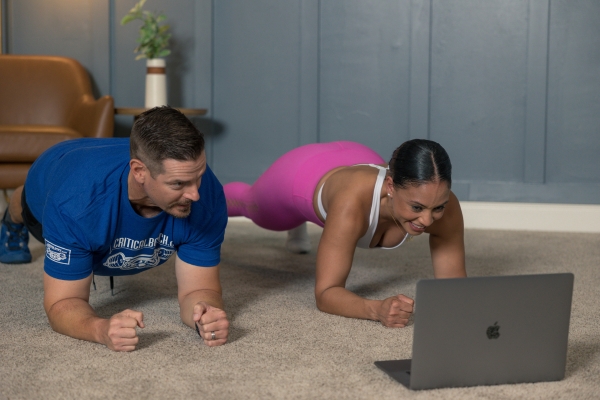
Isometric Exercises
Core isometric exercises involve static contractions, where muscles are engaged without joint movement.
These exercises are accessible to the average person and provide a foundation for a strong core.
Planks stand out as a common isometric exercise, engaging the entire core, including the rectus abdominis, obliques, and lower back muscles.
Holding a plank for 30 seconds to a minute not only builds core strength but also improves posture and reduces lower back pain. Another effective isometric exercise is the dead bug.
While lying on your back, extend your arms and legs upward, engaging the core to prevent your lower back from lifting off the ground.
This exercise targets the deep abdominal muscles, development stability and balance. These exercises enhance functional fitness, promoting better performance in daily activities.
They also improve posture, reduce risk of injury, and heighten endurance which are additional benefits for anyone seeking a well rounded fitness routine.
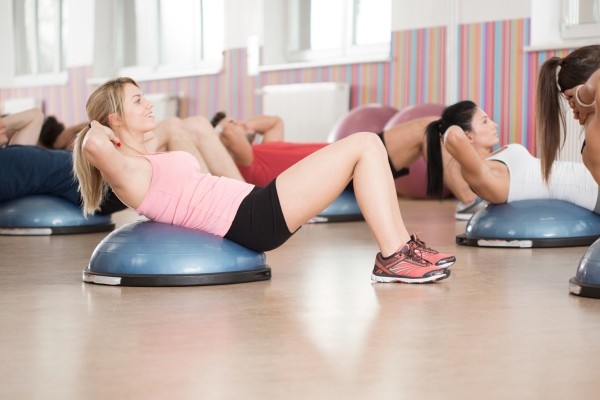
Balance and Stability Exercises
Core balancing involves enhancing stability and equilibrium, promoting a connection between the mind and muscles.
That connection is important for individuals of all ages, especially for the elderly where everyday activities become increasingly difficult as we age.
One great exercise is the single-leg step-down, where individuals gradually lower one foot towards the ground, engaging the core to maintain stability.
This movement not only strengthens the muscles around the core but also develops proprioception which is the body’s awareness of its position in space.
Another effective tool for core balancing is the BOSU ball. Incorporating exercises like BOSU ball squats or plank variations challenges the core by introducing an unstable surface, prompting deeper muscle engagement for balance. The instability of the BOSU ball drives the core muscles to work synergistically, reinforcing the body’s ability to stabilize itself.
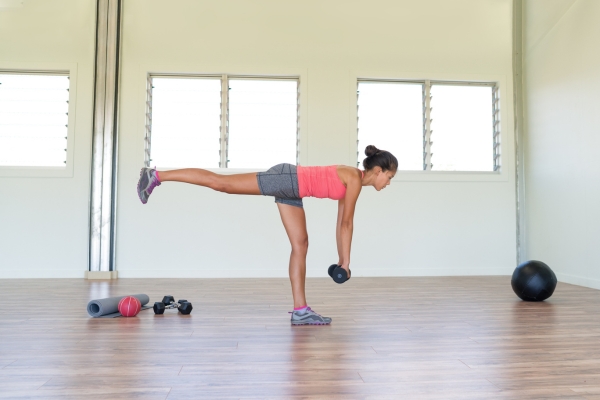
Functional Movements
Functional movement is essential for everyday activities. These functional exercises fortify the muscles surrounding the spine, pelvis, and hips, developing greater stability and flexibility.
Emphasizing functional movements over isolated exercises is key for the average person seeking overall fitness.
A great example of this is a squat which engages the core as it stabilizes the spine during the descent and ascent. This compound exercise not only strengthens the legs but also demands a coordinated effort from the core muscles.
Similarly, deadlifts amplify core activation by requiring a stable midsection to support the spine while lifting.
This compound movement targets various muscle groups, including the erector spinae and abdominals, contributing to overall core resilience. Integrating these functional exercises develop the core foundation that extends beyond the superficial abdominal muscles promoting practical strength and resilience in everyday movements.
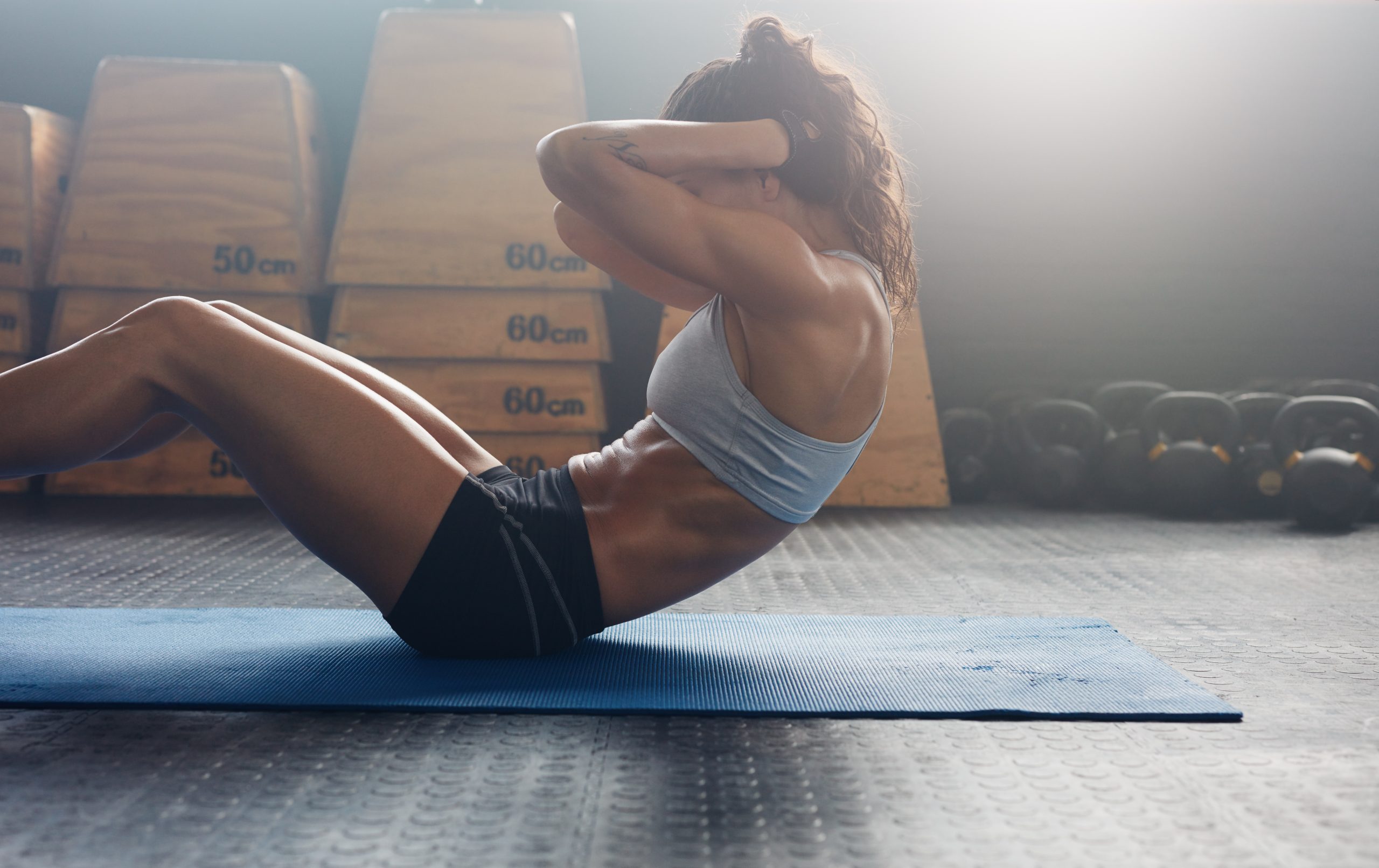
Flexion and Extension Exercises
Flexion exercises involve the forward bending of the spine, engaging primarily the rectus abdominis.
Classic examples include crunches and sit-ups, which target the upper and lower abdominal muscles. These exercises enhance the ability to flex the trunk, providing stability and balance.
On the flip side, extension exercises focus on backward movements, activating the muscles along the spine and lower back. Exercises such as back extensions and supermans play a role in strengthening the erector spinae and promoting a strong posterior chain. This not only aids in maintaining an upright posture but also supports the spine’s integrity.
The connection between flexion and extension exercises is vital for a well rounded core workout routine.
A balanced approach ensures the development of both anterior and posterior muscles improving stability, flexibility, and injury prevention. By incorporating flexion and extension exercises into your training regimen, individuals can establish a solid foundation of core strength, transcending the superficial nature of six-pack abs to achieve functional fitness.
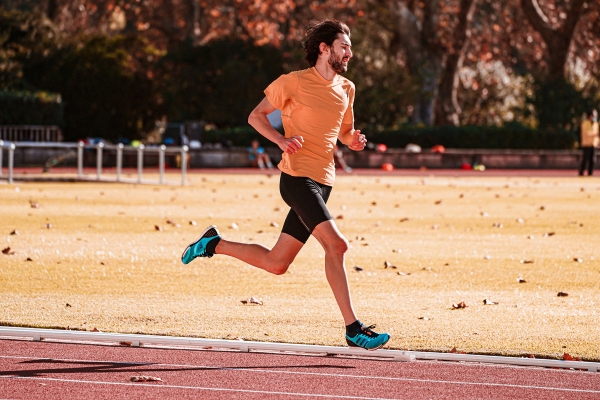
Cardiovascular Core
Cardiovascular exercises contribute to core strength for the average person as well.
While many associate core training solely with abdominal exercises, mixing cardio into the routine enhances not only endurance but also fortifies the deeper core muscles.
Running is a prime example of a cardiovascular exercise that engages the entire core.
The repetitive motion activates the abdominal muscles, obliques, and lower back, promoting stability and strength. Another great exercise is bear crawls which present a dynamic, full-body challenge.
As individuals move in a quadruped position, they activate the core to maintain balance and coordination. The core stabilizes the body during the rhythmic motion of running and the coordinated effort of bear crawls. Individuals not only enhance their cardiovascular health but also build the foundational strength of the core, contributing to a solid fitness foundation.
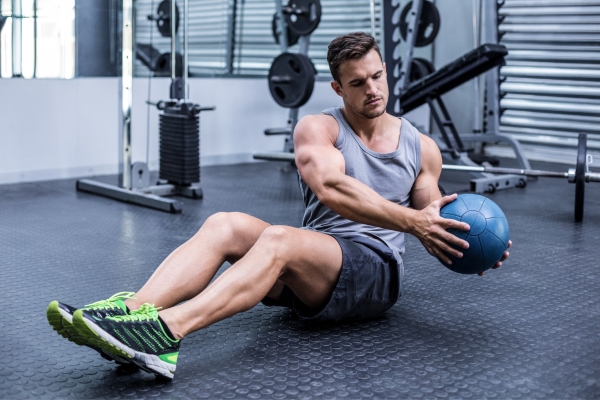
Rotational Exercises
Rotational exercises target the overlooked but essential aspect of multidirectional strength.
Understanding and incorporating rotational exercises are key to engage the muscles responsible for twisting and turning movements.
Russian twists stand out as a classic rotational exercise, requiring the engagement of obliques and transverse abdominis as you rotate side to side.
Kettlebell exercises, such as the Russian kettlebell swing and woodchopper incorporate external resistance, demanding coordination and strength from various core muscle groups.
The core, being a multidirectional muscle group, benefits from rotational exercises, enhancing its capacity to perform activities in real life scenarios.

Top Core Connection Exercises
Let’s cover some of the best core exercises that you can start incorporating into your workout program:
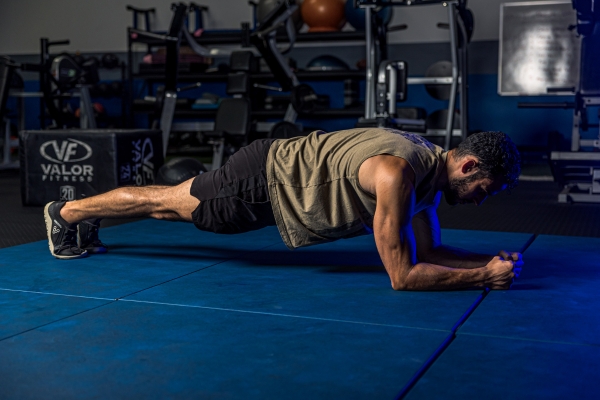
Plank
- Muscles: Rectus abdominis, transverse abdominis, obliques
- How to: Start in a push-up position with your elbows directly beneath your shoulders, keeping your body in a straight line from head to feet. Hold the position for as long as you can while maintaining good form.

Russian Twists
- Muscles: Obliques.
- How to: Sit down with your knees bent and feet flat. Lean back a bit, raising your feet off the ground. Clasp your hands together and rotate your torso, moving your hands from side to side.
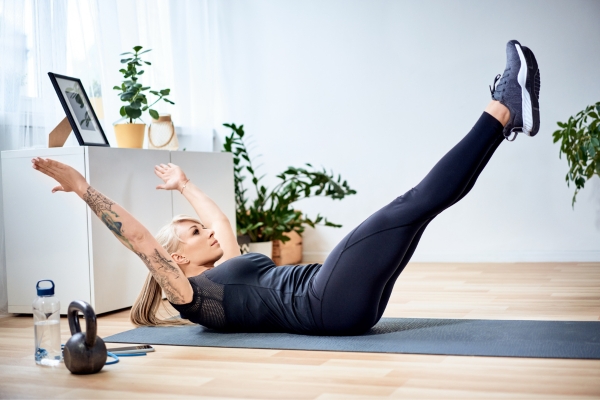
Hollow Body Hold
- Muscles: Rectus abdominis, lower back.
- How to: Lie on your back, extend your arms and legs, and lift them off the ground, creating a slight “U” shape with your body. Hold the position, engaging your core throughout.
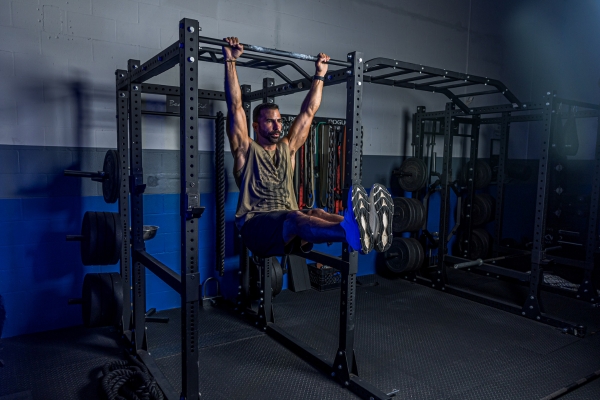
Leg Raises
- Muscles: Lower abs.
- How to: Lie on your back and lift your legs toward the ceiling. Don’t let your knees bend. Slowly lower them back down without letting them touch the floor.
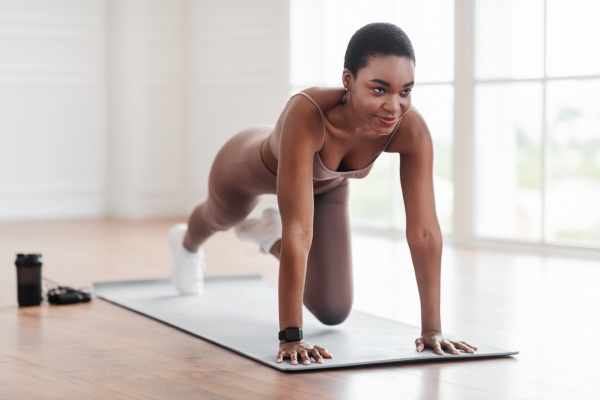
Mountain Climbers
- Muscles: Abdominals, hip flexors.
- How to: Begin in a plank position. Drive one knee towards your chest, then swiftly alternate legs, mimicking the motion of running in place.
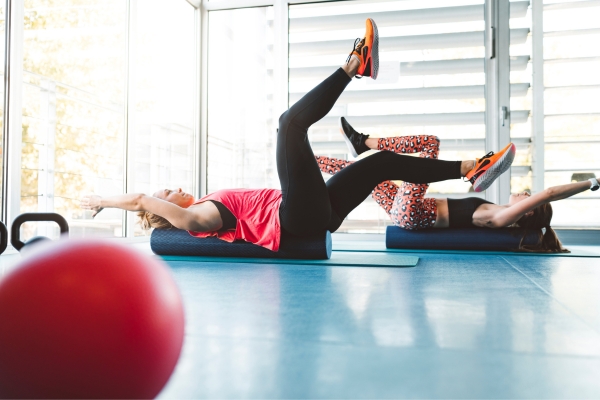
Dead Bug
- Muscles: Transverse abdominis, obliques.
- How to: Lie on your back, extend your arms toward the ceiling, and lift your legs with knees bent. Lower one arm and the opposite leg slowly towards the ground without letting them touch the floor. Keeping your core braced. Switch arms and legs back and forth.
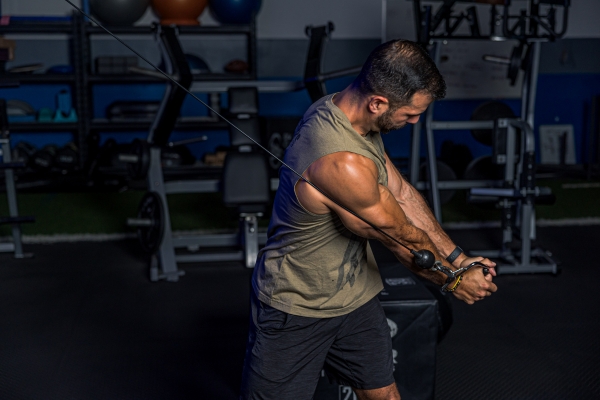
Woodchoppers
- Muscles: Obliques, rotational muscles.
- How to: Use a resistance band or cable machine. Stand with your feet shoulder-width apart and mimic a chopping motion from high to low or low to high, rotating your torso while bracing your core.
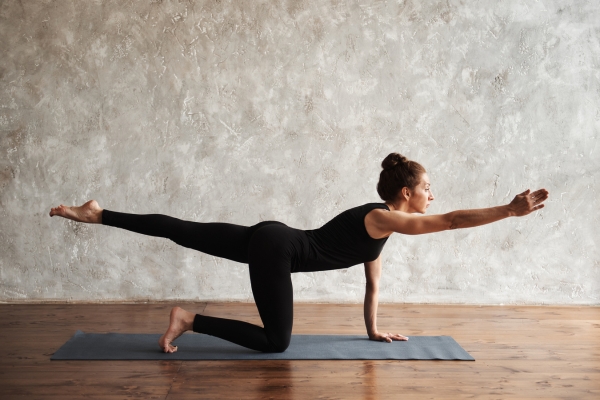
Bird Dog
- Muscles: Lower back, glutes.
- How to: Start on your hands and knees. Extend one arm forward and the opposite leg backwards simultaneously while keeping your back straight. Hold for a moment while bracing the core and then switch sides.
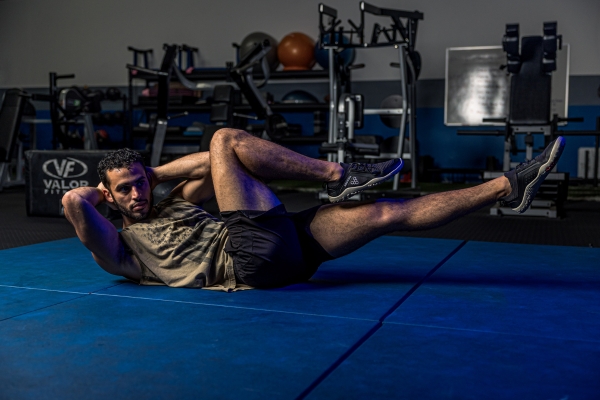
Bicycle Crunches
- Muscles: Obliques, rectus abdominis.
- How to: Lie flat on your back, lift your legs, and mimic a bicycle pedaling action. Simultaneously, bring your opposite elbow towards your opposite knee, moving slowly while engaging your core.
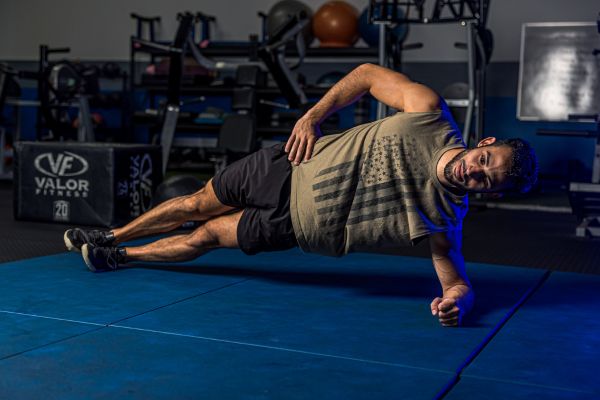
Side Plank
- Muscles: Obliques, transverse abdominis.
- How to: Lie on your side and lean yourself up on your elbow, creating a straight line from head to toes. Hold the position, keeping your core engaged.

Wrap-Up
While six-pack abs are attractive, true core strength goes beyond looks. The core’s complex network of muscles plays a crucial role in overall health, stability, and athletic performance. By training the entire core—front, back, sides, and stabilizers—we build a foundation of strength and resilience.
Instead of fixating on a sculpted midsection, appreciate the core’s essential functions in daily life. Whether lifting groceries, swinging a golf club, or maintaining balance, the core is at the heart of our movements. A comprehensive approach to core training enhances physical capabilities and promotes long-term health.
Embrace a goal of developing a powerful, functional core that supports all aspects of life. Let’s strive for a well-rounded, strong, and healthy core that serves us beyond appearance. Now, let’s explore how to achieve enviable abs and uncover the profound impact of a well-developed core on overall health, performance, and longevity. Build strength from the inside out and celebrate true core fitness.
Key Points to Remember
- The core’s importance extends far beyond the visual appeal of six-pack abs; it plays a crucial role in overall health and daily function.
- The core includes multiple muscles such as the transverse abdominis, obliques, and multifidus, not just the rectus abdominis.
- A strong core is essential for everyday activities like lifting groceries, maintaining balance, and performing sports movements.
- Effective core training involves a variety of exercises targeting the front, back, sides, and stabilizers of the core.
- Isometric Exercises: Planks and dead bugs are excellent for building core strength and stability without joint movement.
- Balance and Stability: Exercises like single-leg step-downs and BOSU ball routines enhance stability and proprioception.
- Functional Movements: Squats and deadlifts engage the core and improve overall functional strength.
- Flexion and Extension: Balance between flexion (e.g., crunches) and extension (e.g., back extensions) exercises is vital for comprehensive core strength.
- Cardiovascular Core: Incorporating cardio exercises like running and bear crawls enhances core strength and endurance.
- Rotational Exercises: Activities such as Russian twists and kettlebell swings target the core’s rotational capabilities.
- Strive for a well-rounded core training routine that builds functional strength and supports overall health and performance.
Core Workouts: FAQS
What is the Role of Diet in Six-Pack Abs?
Another burning question revolving around the role of a diet is if it’s possible to achieve a six-pack without adopting a strict diet. The answer lies in reframing the concept of dieting into embracing a sustainable lifestyle change. Opting for cleaner, nutrient dense foods and cutting back on processed options can play a role in reducing overall body fat and bloating.
Rather than fixating on short-term diet plans, building a habit of mindful eating and maintaining a caloric balance is essential. By incorporating lifestyle changes, individuals can not only enhance the visibility of their abdominal muscles but also enjoy a healthy well being. Remember, don’t focus solely on shedding pounds. It's about building a sustainable and health focused lifestyle that allows your abs to shine.
Do I Need Special Equipment to Get Six-Pack Abs?
Many individuals wonder if specialized equipment is necessary to effectively train the abdominal muscles. The easy answer is NO. You can achieve remarkable results with simple yet powerful bodyweight exercises right from the comfort of your own home. One of the most effective exercises for targeting the entire core is the bicycle crunch. This movement engages both the upper and lower abdominal muscles, as well as the obliques. The bicycle crunch involves a twisting motion, simulating the pedaling motion of a bicycle, making it excellent for building abdominal strength and endurance.
Another great bodyweight exercise is the Russian twist. By sitting on the floor and rotating the torso from side to side, you activate the muscles responsible for the 'V-cut' appearance. The simplicity of this exercise makes it accessible for individuals of all fitness levels, and it requires no equipment, making it an excellentl choice for home workouts.
Leg raises are a classic yet highly effective bodyweight exercise that targets the lower abdominal muscles. Lying on your back, you raise your legs towards the ceiling, engaging the lower abs and hip flexors. This exercise not only helps in toning the lower abdominal region. The beauty of these bodyweight exercises lies in their versatility and accessibility. Whether you're a beginner or a seasoned fitness enthusiast, these exercises can be incorporated into your home workout routine, allowing you to create a lean and cut core without the need for any specialized equipment.
What are the Sets and Reps to Use for Core Workouts?
Abdominal training isn't just about crunching numbers, it's about striking the right balance. A common question and consideration is the volume of your workouts. High reps and increased training volume lead to extended time under tension, which is a big factor for muscle growth. By gradually increasing the volume, you allow your body to adapt, building both endurance and strength. This approach minimizes the risk of injury, ensuring that your core muscles can handle the demands placed upon them during workouts.
Incorporating sets and reps are important for achieving a sculpted core. The emphasis on higher reps not only contributes to muscle endurance but also stimulates muscle hypertrophy, leading to the development of a more pronounced and defined midsection. It’s up to the individual to find the right balance between sets and reps which is necessary to avoid overtraining while maximizing the benefits of each workout session.
How Often Should I Train for a Strong and Sculpted Core?
Addressing the frequency of abdominal training is also significant. While consistency is key, it's crucial to allow sufficient time for recovery and muscle repair. Three days a week serves as a minimum threshold, but this frequency can be adjusted based on individual fitness levels. Advanced fitness enthusiasts may find that training more frequently yields better results, provided they prioritize rest and recovery between sessions.
How Long Does it Take to See Results in my Core?
The answer to this is as diverse as the individuals seeking the answer, considering the many factors influencing the muscle building process. The road to six-pack abs is paved with unique challenges, as everyone's body responds differently to exercise and diet changes. Body types and starting physiques play a role in determining the speed of progress. Additionally, the level of adherence to a strict diet, commitment to lifestyle changes, and the inclusion of cardio exercises further determine one person's journey from another's.
It is not just a physical challenge but also a mental one. The perception of results can be subjective, influenced by personal expectations. What the eye sees may not always align with what the individual wants to see, leading to frustration and impatience.The principle of 'the more you give, the more you'll get' remains a solid and unwavering truth in fitness. The more focused and dialed in you are, the faster you'll shed pounds and see results. It's not just about physical effort, it's about a commitment to a healthier lifestyle, for both the mind and body.
The timeline for achieving a six-pack remains elusive. It's an accumulation of consistent effort, making sacrifices, and embracing a mindset that understands progress is not always linear. You cannot rush the process, you need to trust the journey and acknowledge that transformation takes time. It's essential to remind yourself that results are not instantaneous. The dedication and consistency you invest will yield the outcomes you desire. Embrace the journey, work hard, and never give up. Whether it takes weeks, months, or even years, the physique of your dreams is achievable if you remain steadfast in your pursuit. Trust in the process, stay committed, and let it all unfold. Your hard work will inevitably manifest into the results you seek.

